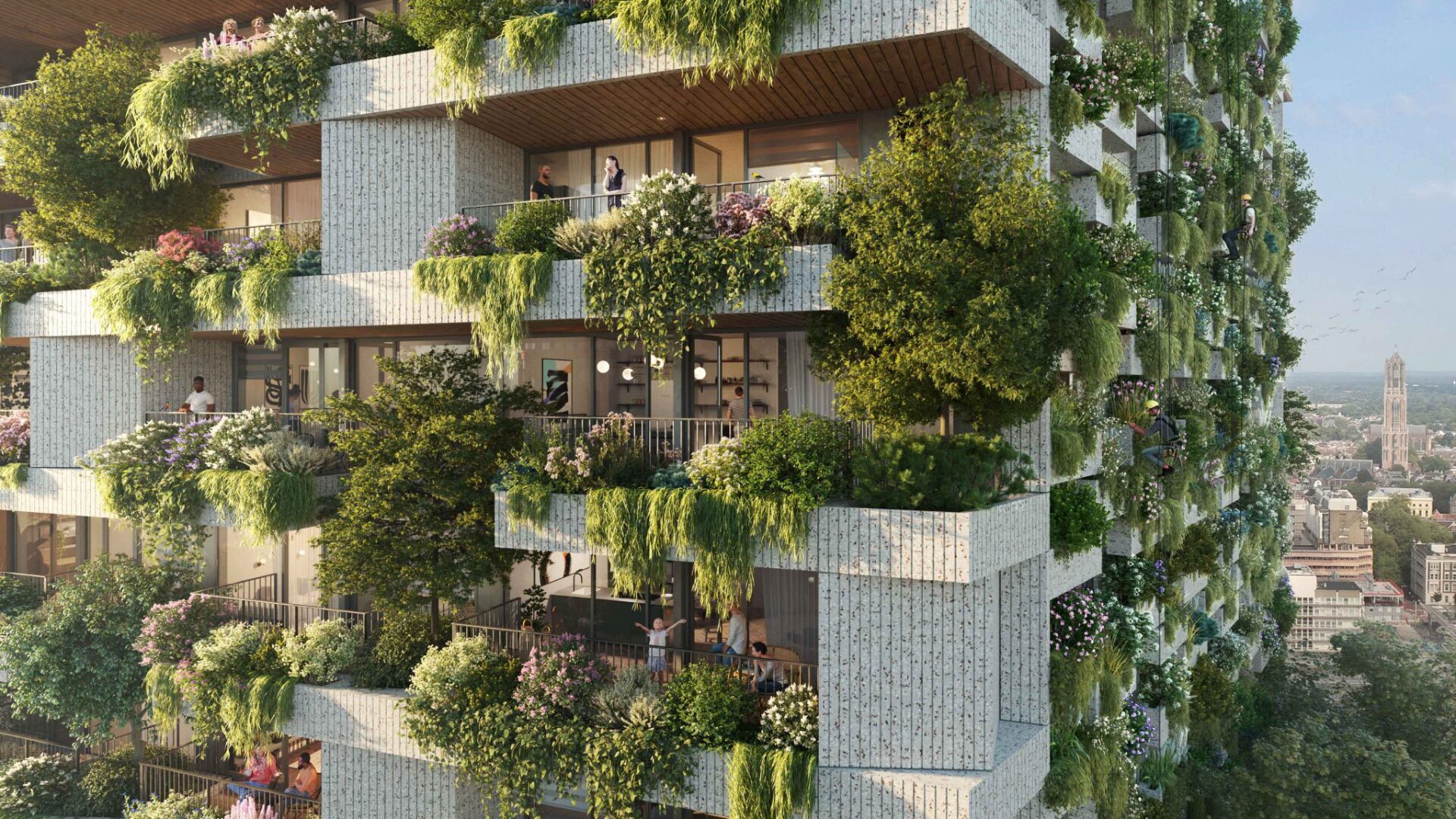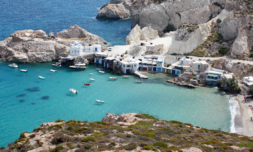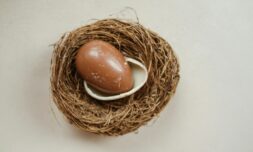The Dutch city of Utrecht is getting a new apartment building covered in 10,000 plants and trees. It will emit 41 tons of oxygen annually once it is completed in 2024.
In imagined depictions of a utopian future, it’s very often that we see views of cities full of buildings dotted with greenery.
As the climate crisis worsens and urbanisation continues to expand over the coming decades, there is no denying that we will need to start integrating nature into our ever-warming cityscapes to cope.
Stefano Boeri, a 66-year-old architect from Italy, has set out to do exactly that. He’s already built vertical forests – or buildings that house thousands of plants and trees as well as human beings – in Italy, France, Switzerland, Albania, Cairo, and Dubai.
Continuing his legacy further, Boeri has teamed up with Roberto Meyer of the Dutch firm MVSA Architects to design another vertical forest building. Named ‘Wonderwoods,’ the new project is currently being built in the Dutch city of Utrecht.
Upon completion in 2024, the building will be home to 300 trees and over 10,000 plants, while providing living accommodation and office spaces.























